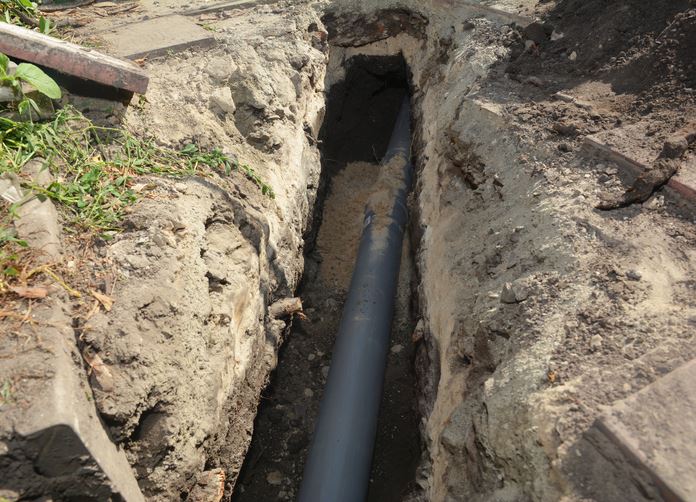
A homeowner’s public enemy #1 is a sewer line backup. The monstrosity happens when your main sewage line is clogged, and waste begins to overflow into your bathroom and bedroom. Forget about the expense, but the damage to your home is enough to consider moving altogether. As scary as overflowing sewage is, there are ways to avoid the nightmare.
The first thing to know is that not all sewer line clogs are preventable. Older homes might be more prone to mainline problems since their pipes are older and weaker. If your yard has trees growing near any pipes, the roots can rupture pipes as well. Blockages also occur when large debris are flushed down the toilet, including paper towels, sanitary napkins, and cotton balls. The cause of a clog may not always be apparent, but the signs are more noticeable.
We’ve been in the business of clog and breakage detection for over 15 years. If your home is telling you it’s headed towards a sewage disaster, we’ll know. With the following list of warning signs, you’ll be ready to take action as soon as you notice something’s wrong with your plumbing.
Multiple Sewer Back Ups
Have you noticed that multiple drains in your home are suddenly backed up at the same time? The lack of drainage through your shower, faucets, and toilet means there’s a clog deep in your main sewer line preventing any wastewater from exiting your system.
One Drains, One Doesn’t
Your shower, sinks, and toilets are all connected to the main sewer line. You can tell you have a backup if your toilet flushes but as it does, your shower gurgles or vice versa.
Foul Smelling Drains
If any of your drains starts to smell, you’ll know you have sewage coming back up your pipes. Most likely, there is a stoppage that is forcing the waste back up into the secondary drains.
Constant Toilet Clogs
Toilet clogs are common. Needing to unclog your toilet every time you flush is not. Frequent toilet clogs are often the first sign that there is a significant blockage in your sewer line. Call a plumber if you need a plunger after each flush.
Overflowing Cleanout
Your cleanout is where your plumber can access the main sewer line to detect and remove clogs, but if there is a blockage close to the cleanout, there will be some overflow around the cap. You can find your cleanout in either your front or back yard. Once you locate the top of yours, check to see if anything is leaking out.
Don’t deal with a sewer line clog if you don’t have to. Our team can locate, remove, and repair any sewer lines that are damaged or clogged. Your plumbing system is delicate and requires the care and skill of a plumber who has been in this industry for years. That’s Blue Star. Call us for any issues with your main sewer or water line, and we’ll keep your home free of sewage backups.
